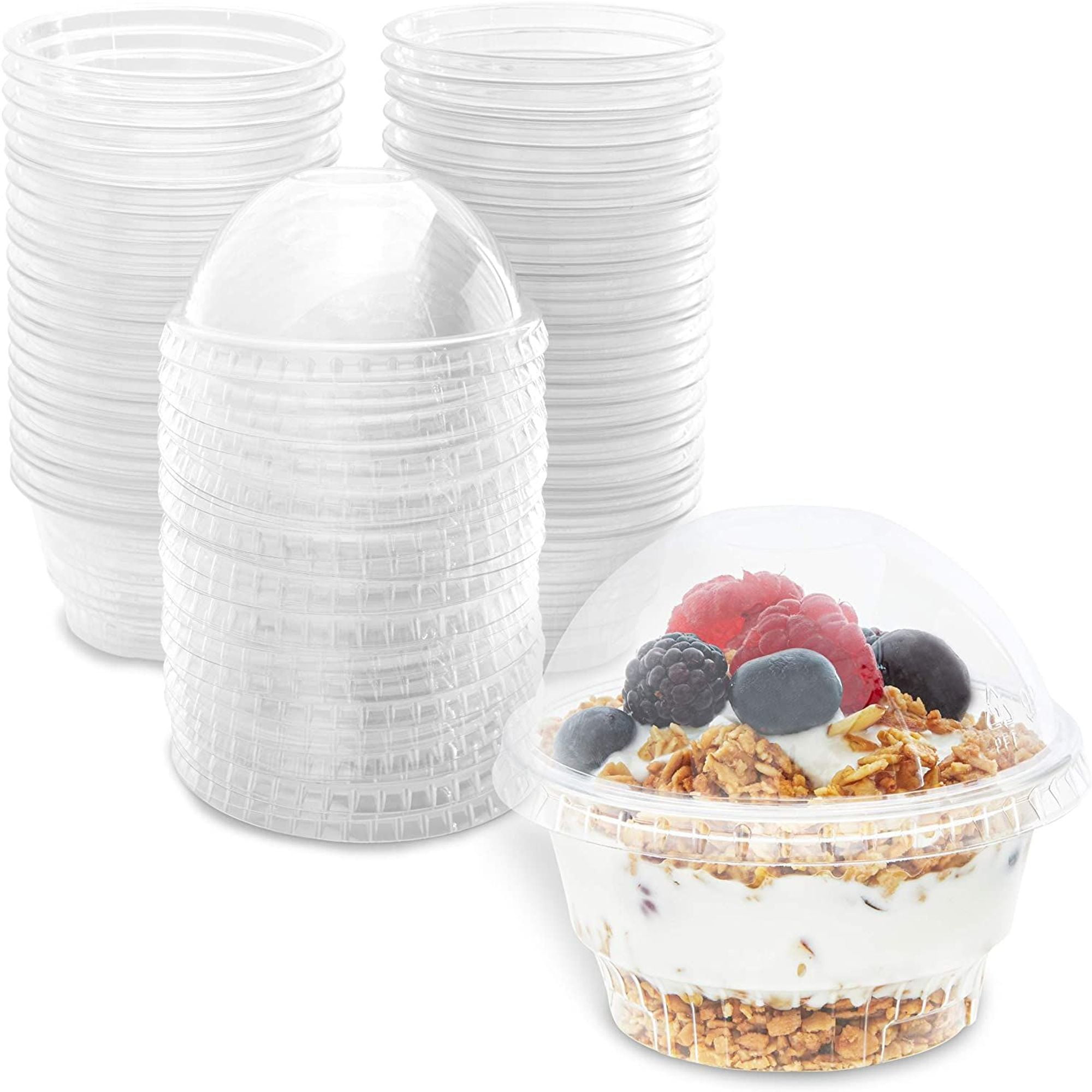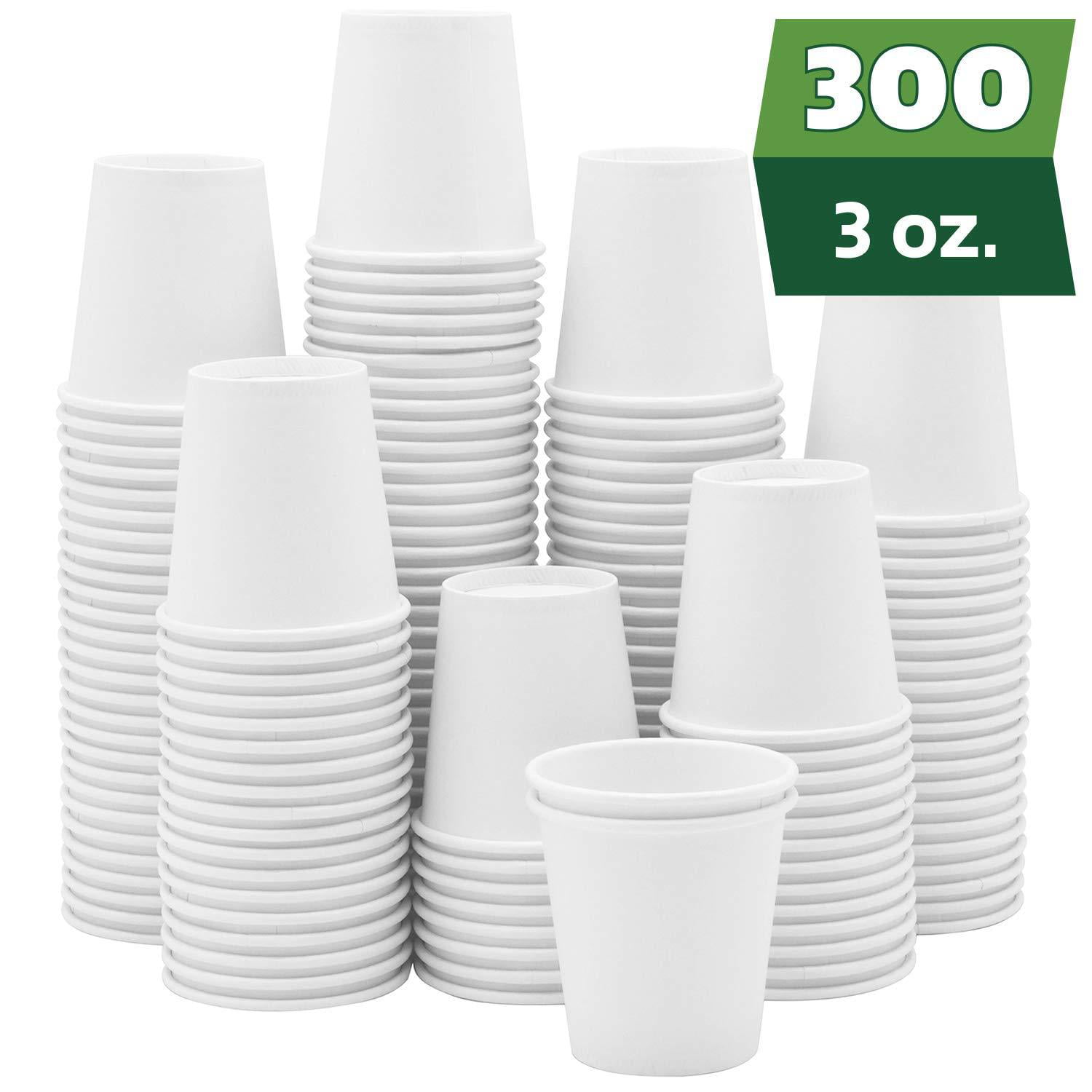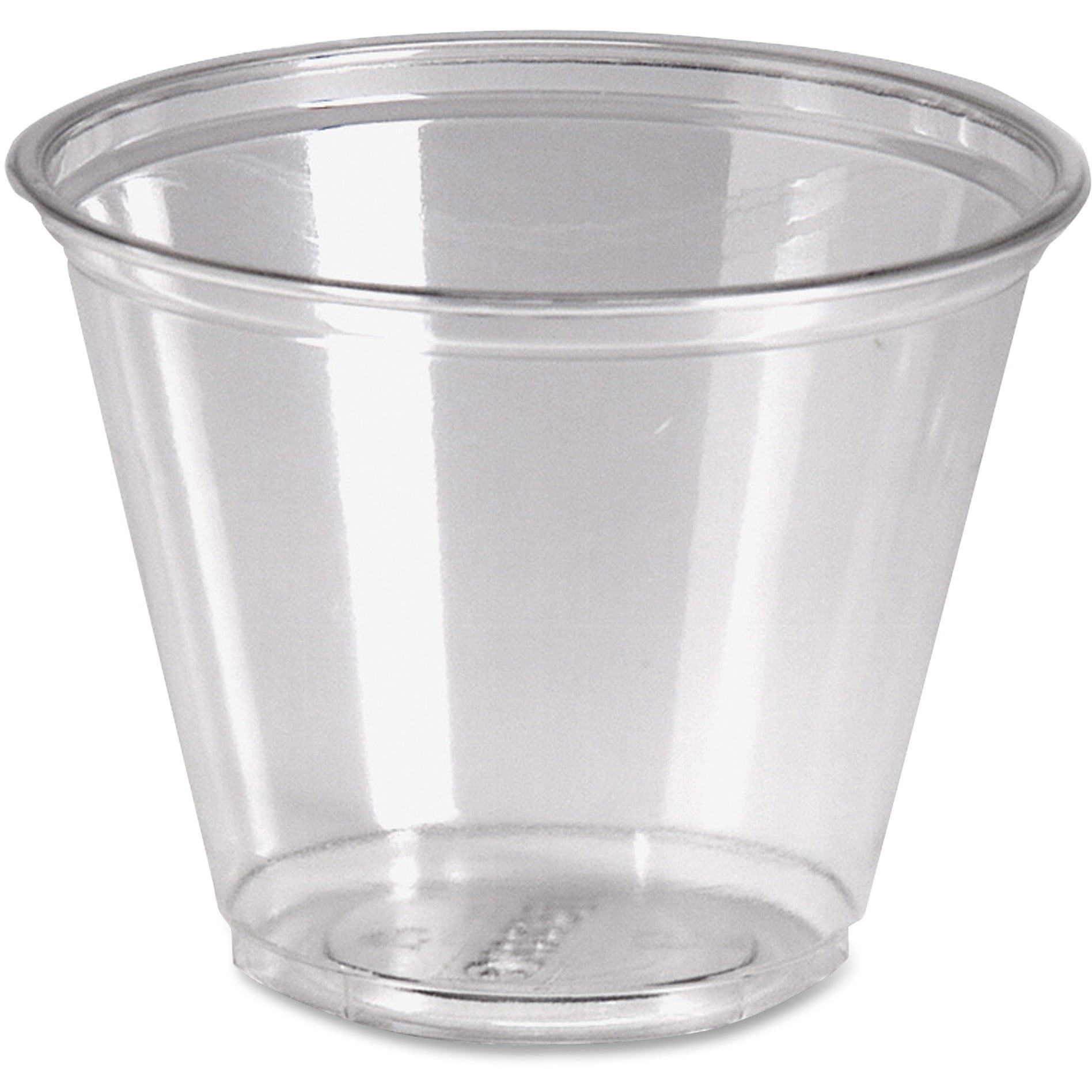The Rise of Small Plastic Bathroom Cups

The humble small plastic bathroom cup has become an indispensable fixture in countless homes and public restrooms around the world. Its evolution from a niche product to a ubiquitous household item is a testament to its practicality, affordability, and convenience.
Factors Contributing to the Widespread Adoption of Small Plastic Bathroom Cups
The widespread adoption of small plastic bathroom cups can be attributed to several key factors. One of the most significant is convenience. These cups are compact and lightweight, making them easy to store and transport. Their disposability eliminates the need for washing and drying, further enhancing convenience. Affordability is another key factor. Small plastic bathroom cups are inexpensive to manufacture and distribute, making them accessible to a wide range of consumers. The disposability of these cups also contributes to their affordability, as it eliminates the need for repeated purchases of reusable alternatives.
Types of Small Plastic Bathroom Cups
Small plastic bathroom cups come in a variety of designs and sizes, each tailored to specific needs and applications.
- Standard Disposable Cups: These are the most common type, typically made from thin, clear plastic and designed for single use. They are widely available in bulk packaging and are often found in restrooms, hotels, and restaurants.
- Travel Cups: Designed for portability, these cups are usually made from thicker plastic and feature a lid or cap to prevent spills. They are ideal for travelers and individuals who want to carry their own cups for hygiene purposes.
- Measuring Cups: These cups are often graduated with markings to facilitate accurate measuring of liquids. They are commonly used in bathrooms for dispensing mouthwash, contact lens solution, or other liquids.
- Specialized Cups: These cups are designed for specific applications, such as dispensing medication, providing water for pets, or serving small portions of food.
Environmental Impact of Small Plastic Bathroom Cups

The ubiquitous presence of small plastic bathroom cups in hotels, motels, and other accommodations poses a significant environmental challenge. These seemingly insignificant items contribute to the global plastic pollution crisis, with far-reaching consequences for our ecosystems and human health.
Plastic Pollution
The sheer volume of plastic cups used and discarded daily is staggering. Millions of these cups end up in landfills, where they persist for hundreds of years, slowly breaking down into microplastics. Microplastics, tiny particles of plastic less than 5 millimeters in diameter, are easily ingested by marine life, entering the food chain and ultimately affecting human health.
The Future of Small Plastic Bathroom Cups

The future of small plastic bathroom cups is poised for a significant transformation, driven by evolving consumer preferences, environmental concerns, and regulatory pressures. The industry is witnessing a shift towards sustainable practices, with a focus on eco-friendly materials and innovative packaging solutions.
Emerging Trends in Design and Manufacturing, Small plastic bathroom cups
The design and manufacturing of small plastic bathroom cups are undergoing a significant shift towards sustainability. Several key trends are shaping the future of these products:
- Biodegradable and Compostable Materials: The use of biodegradable and compostable materials, such as plant-based plastics and paper, is gaining traction. These materials break down naturally in landfills, reducing plastic waste and environmental impact.
- Recyclable Plastics: The use of recyclable plastics, such as polyethylene terephthalate (PET), is becoming increasingly common. These plastics can be recycled multiple times, reducing the need for virgin materials and minimizing environmental impact.
- Reduced Plastic Usage: Manufacturers are exploring ways to reduce the amount of plastic used in each cup. This includes using thinner plastic, optimizing cup designs, and exploring alternative packaging solutions.
- Innovative Packaging: The focus on sustainable packaging is extending to the packaging of small plastic bathroom cups. This includes using recycled cardboard, biodegradable films, and minimizing packaging materials.
The Impact of Consumer Preferences and Regulations
Evolving consumer preferences and regulations are driving the shift towards sustainable small plastic bathroom cups.
- Consumer Demand for Sustainability: Consumers are increasingly conscious of environmental issues and are demanding sustainable products. This is driving manufacturers to adopt eco-friendly practices and offer sustainable options.
- Government Regulations: Governments worldwide are implementing stricter regulations on plastic waste and promoting the use of sustainable materials. This is pushing manufacturers to comply with regulations and adopt sustainable practices.
A Hypothetical Future Landscape
A hypothetical future landscape for small plastic bathroom cups could see a significant shift towards sustainable options.
- Dominance of Eco-Friendly Materials: Biodegradable and compostable materials, such as plant-based plastics and paper, could become the dominant materials used in small plastic bathroom cups. This shift would be driven by consumer demand for sustainable products and regulatory pressures.
- Focus on Circular Economy: The industry could embrace circular economy principles, with a focus on reducing waste, reusing materials, and recycling. This could involve initiatives like product take-back schemes and the use of recycled materials in manufacturing.
- Innovation in Packaging: Innovative packaging solutions, such as biodegradable films and minimal packaging, could become the norm. This would reduce plastic waste and promote sustainability throughout the product lifecycle.
